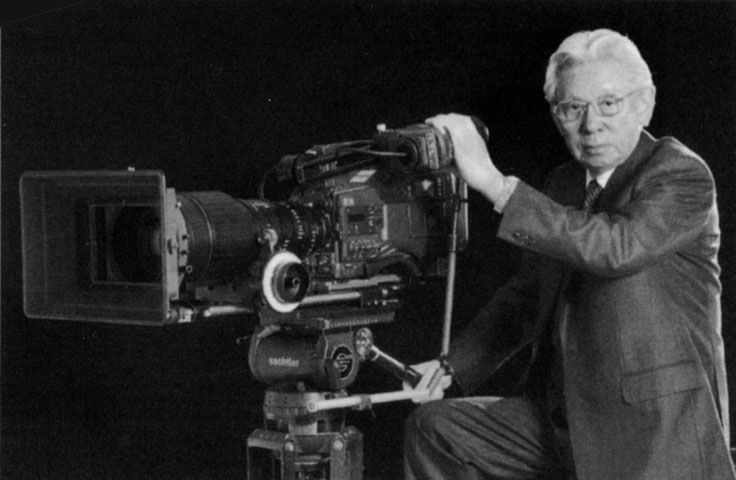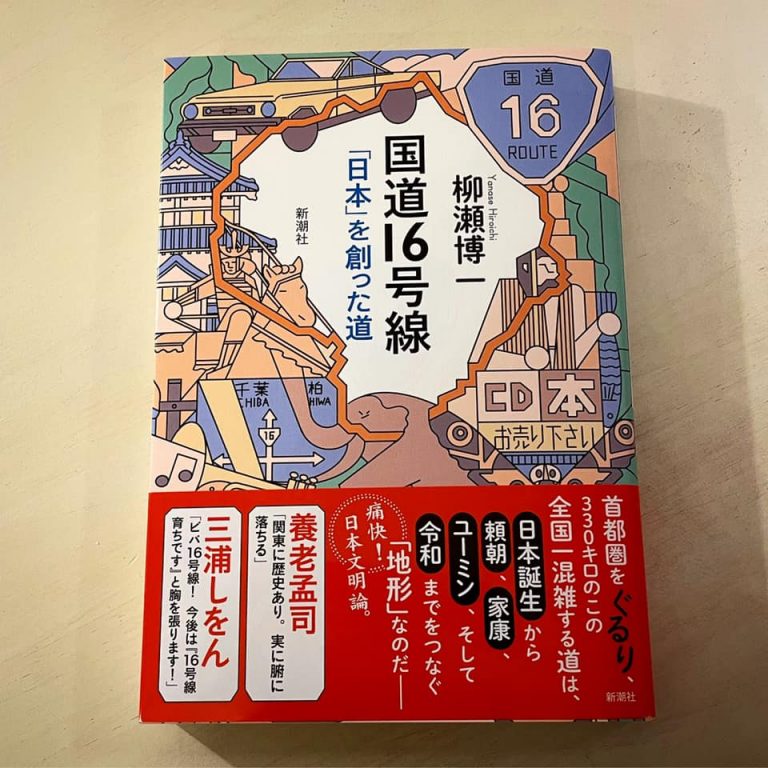My “National Route 16” (written by Hirokazu Yanase) – The Story of Mr. Banjiro Uemura, Tohokushinsha

Twenty-seven years ago, in May 1993, I was in Cannes, France.
I was 29 years old at the time, and I was attending MIPTV, the world’s largest television and video convention, as the president’s bag man.
The boss, the president, is Banjiro Uemura, then 65, founder of Tohoku Shinsha, which runs Japan’s top commercial production company.
While shopping companion on the main street of Cannes between conventions, Mr. Uemura suddenly stopped in front of “Omega”.
Fukuda-kun, I was used only once in my entire life. It was after the war, when I was a bartender at an American base. I wanted an Omega watch that an American soldier was wearing, so I started my own bar, COMO, in Shimbashi.
In that bar, young “Shiki Theater Company” members, including Tetsuko Kuroyanagi, were hanging out. The Japanese dubbing business (in the pioneer days of television, the business was based on American TV dramas) was started by employing such young people who could not afford to eat. The “Thunderbirds” became a huge hit.
Incidentally, the predecessor of Tohoku Shinsha was called “Tohoku-sha” and Keita Asari was its godfather. It was named so because Mr. Uemura is from Akita.
This is the drama of the founding of Tohoku Shinsha.
◆Reference : Mr. Banjiro Uemura, the founder of Tohokushinsha.
http://spdy.jp/news/s3342/

In Chapter 3 of Hirokazu Yanase’s new book, “Route 16,” he writes that after the war, many clubs were built along Route 16 to cater to the American Occupation Forces. It is written that many of Japan’s first generation of musicians were nurtured to perform.
Susumu Watanabe and Misa Watanabe founded Watanabe Productions. Takeo Hori, who founded Horipro. Akitomo Tanabe, who founded Tanabe Agency. Hidetada Aizawa of Sun Music. All of them formed bands right after the war, played in Occupation Forces clubs, and worked as musicians’ friends. He learned the tricks of the trade of ゙ooking and dispatch work, and established the entertainment production business in response to the advent of the television age.”
Mr. Banjiro Uemura was one such person living in the same era.
Yanase’s “National Route 16” is not merely a book about the characteristics and history of the region, but a book that confirms the identity of the postwar Japanese people.
This book is full of great involvement and discovery as Japanese people as well as the origins of such postwar performing arts. I am sure that everyone will find their own “Route 16″ in this book.
And it is deeply moving to think that I am now involved in the entertainment industry created by such predecessors.
National Highway 16: The Road that Created ‘Japan'” (Author: Hirokazu Yanase)
https://www.amazon.co.jp/dp/B08NDH76RX/
A side note: Then there’s the story of the TV industry.
The Japanese television industry, which began with foreign films, would disappear from prime time after 1983.
The “Charlie’s Angels” and “Detective Columbo” of yesteryear have been broadcast since 1990 on cable multi-channels and SkyPerfecTV! While “Skyport,” the predecessor of “Skyport,” was revived, Japanese drama productions began to rise with the success of Double Asano’s dramas.
In recent years, however, it is about to fall again due to new forces on the Internet, such as Netflix and YouTube. The Japanese drama industry and the world of entertainment, which Corona has followed in its footsteps, are under pressure to become globalized like their Korean counterparts.





